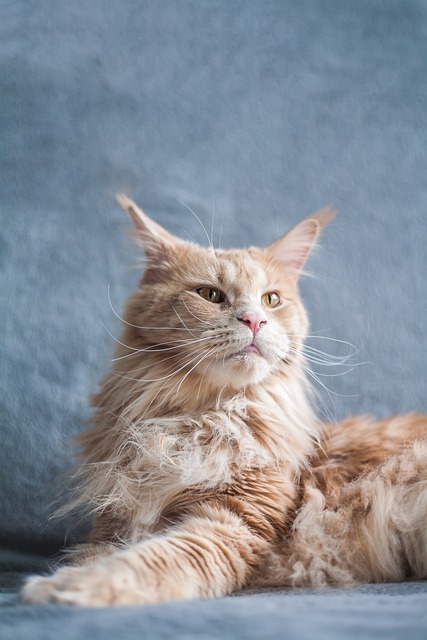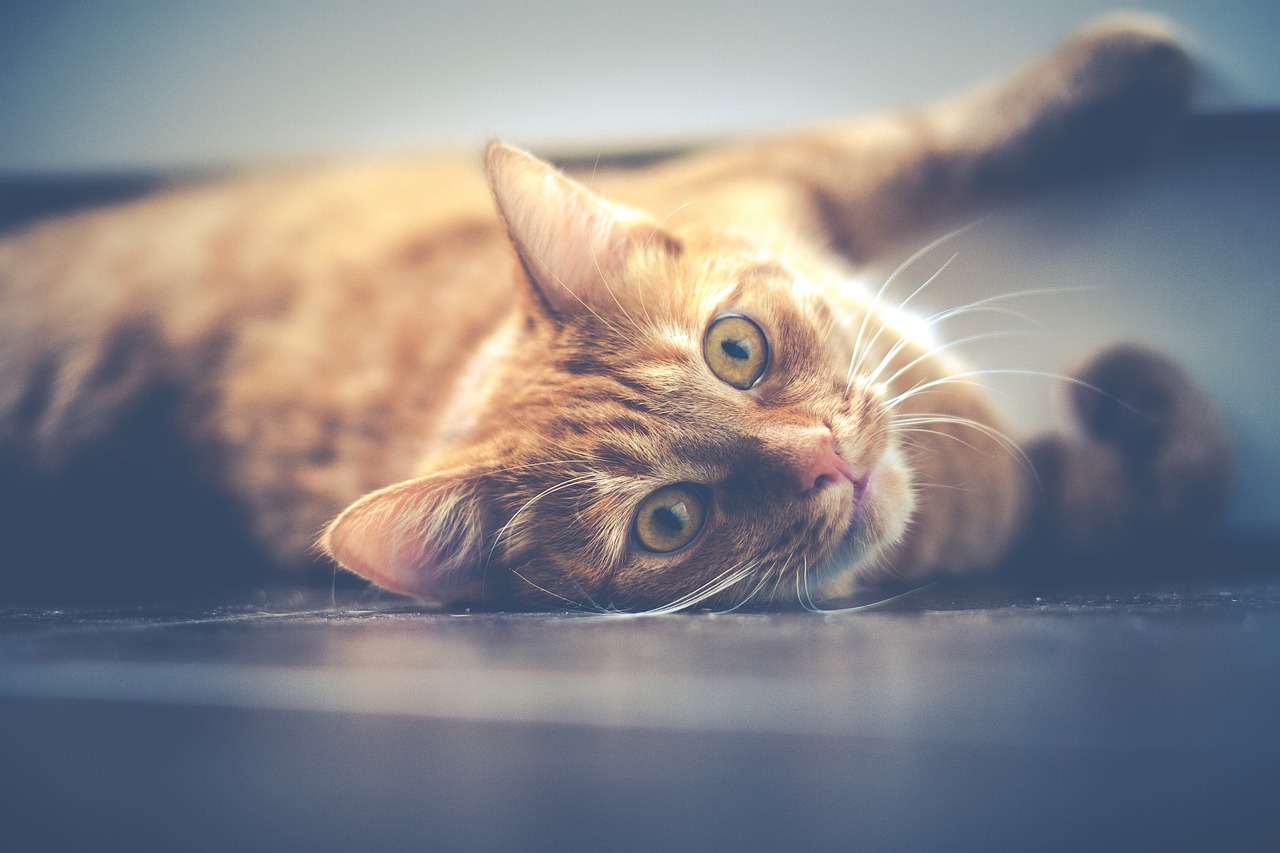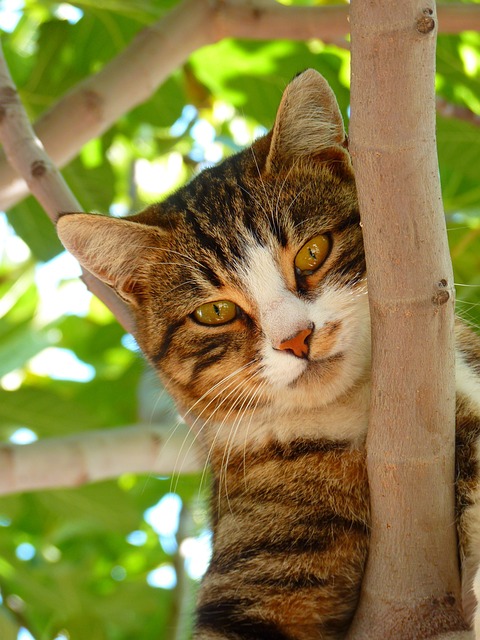For thousands of years, cats have fascinated humans with their independence, grace, and mysterious charm. But how did wild, solitary hunters become one of humanity’s most beloved companions?
Recent genetic and archaeological discoveries are reshaping what we thought we knew about the domestic cat. Far from being a simple story of taming wild animals in the ancient Near East, it now appears to be a complex journey that spans continents, empires, and even ancient religions.
Where the Domestic Cat’s Story Began
For decades, scientists believed that cats were first domesticated around 10,000 years ago in the Fertile Crescent a region that includes parts of modern-day Iraq, Syria, and Palestine. Early farmers storing grain attracted rodents, which in turn attracted wild cats. Over generations, humans and cats formed a mutually beneficial relationship: people got natural pest control, and cats got a steady food source.
But new research has challenged this timeline. Genetic studies of ancient feline remains suggest that domestication may not have happened in a single location or time period. Instead, the process appears to have been gradual and involved multiple wildcat species, particularly the African wildcat (Felis lybica) and the European wildcat (Felis silvestris).
Understanding the Wild Ancestors: The Felis Lineage
The genus Felis, which includes both wild and domestic cats, contains several closely related species. These species look so similar that distinguishing them based on bones or appearance alone is nearly impossible. They can also interbreed, creating hybrids that blur genetic boundaries even further.
The two main species involved in the cat’s domestication story are:
- Felis lybica, the African wildcat native to North Africa and the Middle East.
- Felis silvestris, the European wildcat found across Europe and parts of western Asia.
Modern DNA testing has revealed that these two species have overlapping genetic histories due to ancient hybridization events. This finding has forced scientists to reinterpret many previous conclusions about where and how cats were first domesticated.


Genetic Clues: What Domestic Cat DNA Reveals About Their History
One of the biggest breakthroughs in cat research came from mitochondrial DNA (mtDNA) analysis. Mitochondrial DNA is inherited only from the mother, making it an excellent tool for tracing maternal ancestry through time.
Early genetic studies divided cats into several mtDNA “haplogroups” labeled I through IV each representing different regional lineages. Initially, scientists believed:
- Haplogroup I belonged only to European wildcats.
- Haplogroup IV was unique to African wildcats and the domestic cats that descended from them.
However, new evidence showed that these lineages are not so clear-cut. In regions like Anatolia, where the ranges of African and European wildcats overlapped thousands of years ago, interbreeding occurred. As a result, African wildcat DNA appeared in European wildcat populations, creating confusion for earlier researchers who assumed this indicated human-led domestication.
Recent studies by researchers such as Martino et al. have clarified this picture. They found that ancient cats from the Balkans (around 8,000 BC) already carried 7–11% African wildcat DNA, while samples from Anatolia had up to 34%. Even today, wildcat populations in countries like Italy, Germany, and Scotland show traces of African ancestry.
When Wild Met Domestic Cat: Hybridization Over the Ages
The story didn’t stop with wildcats. Once domestic cats began to spread across Europe and the Middle East, they also interbred with local wildcat populations.
Ancient DNA from Austrian sites, for example, shows about 6% wildcat ancestry in early domestic cats. During the Middle Ages, that percentage rose to around 15% in many European regions evidence that wildcats and domestic cats frequently crossed paths.
In recent decades, hybridization has accelerated, largely due to habitat loss. As forests shrink and wildcats lose their natural territories, they increasingly mate with domestic cats, creating hybrids that further blur the genetic distinction between wild and tame felines.
How Misidentification Shaped Cat History
Before DNA technology existed, archaeologists relied on the shape and size of bones and teeth to identify ancient cat species. But this method often led to incorrect assumptions. For example:
- Cat remains found in ancient China were initially thought to belong to domestic cats. Genetic testing later proved they were actually Asian leopard cats, which lived alongside humans but were never domesticated.
- In predynastic Egypt, many feline bones once believed to be African wildcats turned out to belong to jungle cats (Felis chaus).
Domesticated cats in ancient times were also physically larger than today’s housecats, adding to the confusion. Only through genetic sequencing have researchers been able to separate myth from fact.

The Mediterranean Connection: Cats on the Move
The islands of the Mediterranean played a surprising role in the spread of early cats.
DNA analysis of feline remains from Sardinia, dating to around 200 BC, revealed a unique wildcat population more closely related to cats from modern-day Morocco than to European wildcats. This suggests that African wildcats were transported by seafaring peoples possibly the Phoenicians or Punic traders who maintained colonies and trade routes across North Africa, Sardinia, Corsica, Cyprus, and Spain.
Even earlier, during the Neolithic era, cats appear to have been introduced to Cyprus, likely by settlers from Anatolia or the Levant. These findings suggest that maritime trade was one of the main ways cats spread long before the Roman Empire.
Egypt: The Cradle of Domestic Cat Worship and Early Domestication
No discussion of cat history would be complete without ancient Egypt.
Egyptians were among the first to elevate cats from useful pest controllers to divine beings. Around 3,000 BC, the goddess Bastet was depicted as a lioness, symbolizing power and protection. By 900–700 BC, her image softened into a cat-headed goddess, representing fertility, motherhood, and domestic harmony.
During this time, cats became sacred animals. They were bred for religious rituals and mummified in vast numbers as offerings to Bastet. Archaeologists have discovered entire cat cemeteries, and genetic analysis of mummified remains shows that these animals descended from specific African wildcat populations.
The surge in cat breeding and worship coincided with the rise of the Roman Empire, suggesting that Egypt became a major hub of feline domestication and trade.
From Egypt to Europe: Cats Travel with Empires
As the Greek and Roman empires expanded, cats traveled with them both as symbols of status and as practical mousers guarding precious grain supplies.
Genetic evidence from Roman sites in Austria, Italy, and Serbia reveals cats carrying Egyptian haplogroups IV-A and IV-C, identical to those found in Egyptian feline mummies.
By around 50 BC to 80 AD, cats genetically similar to modern domesticated breeds appeared in continental Europe. In Britain, cats belonging to haplogroup IV-A arrived by around 400 BC, possibly brought by traders or early Celtic migrants. In Ireland, domestic cats didn’t appear until the early medieval period, when monastic communities introduced them to control rodents in granaries and scriptoria.
The Vikings and the Cat Goddess Freyja
Centuries later, another civilization embraced the cat’s dual role as a symbol and a helper: the Vikings.
Between 900 and 1100 AD, a new mitochondrial lineage, haplogroup IV-D, appeared in northern Europe, particularly Denmark. This group spread to Viking settlements in the British Isles, Shetland, Orkney, and Poland.
In Norse mythology, the goddess Freyja was linked to love and fertility. She rode a chariot pulled by two large cats, which made cats symbols of femininity and power. Viking women often wore clothes made from white cat fur, showing their sacred value. At the same time, cats played a practical role on farms and ships, protecting food supplies from rats during long sea voyages.
The Modern Legacy of an Ancient Journey: The Domestic Cat
The domestication of cats was not a single event but a long, intertwined story shaped by human migration, trade, and faith.
Modern genetic research has traced multiple waves of feline movement across the ancient world from the African wildcats of Egypt and Carthage to the Roman ports of Europe and the Viking settlements of Scandinavia.
Today’s domestic cat Felis catus carries the genetic fingerprints of this extraordinary journey.Breeds like the British Shorthair, Norwegian Forest Cat, and Siberian Cat still carry traces of ancient genetic groups from the Roman, Byzantine, and Viking eras. In Poland, local cats have unique DNA markers that reflect old crossings between wild and domestic cats, as well as influences from more recent times such as the World Wars.
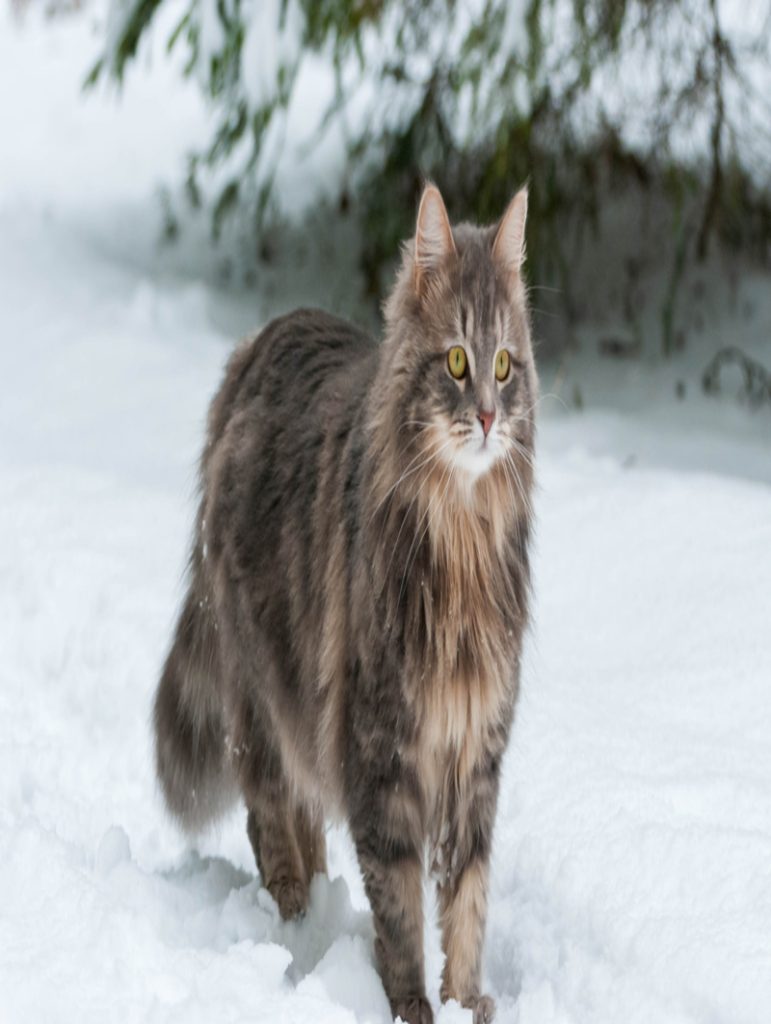
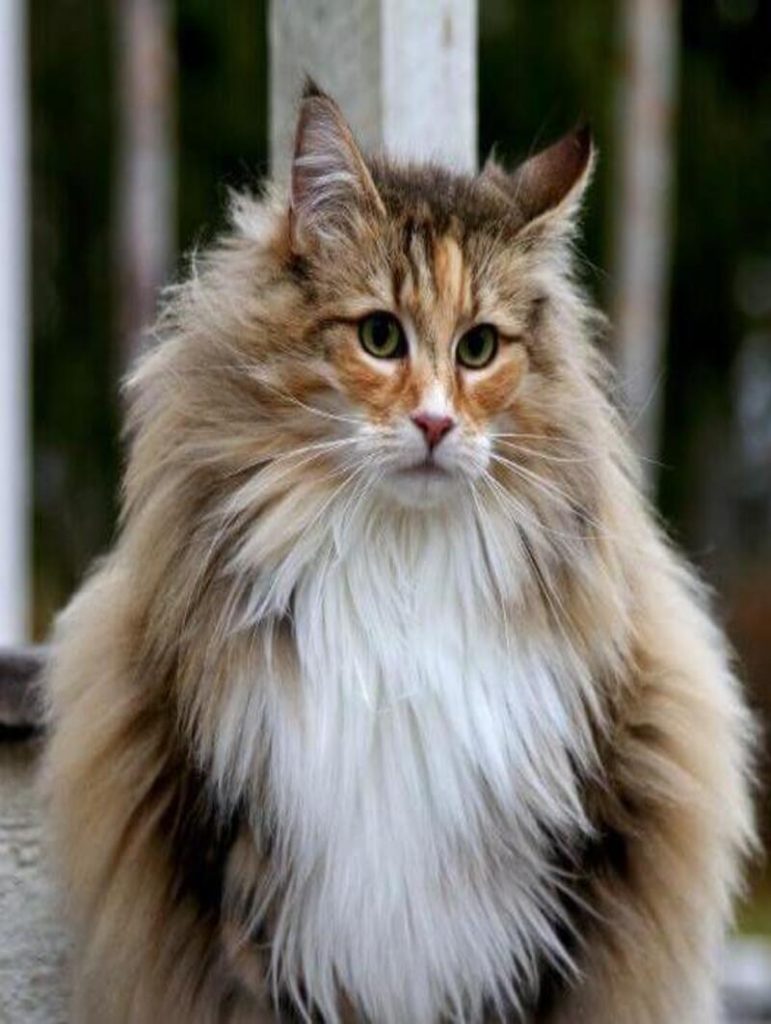
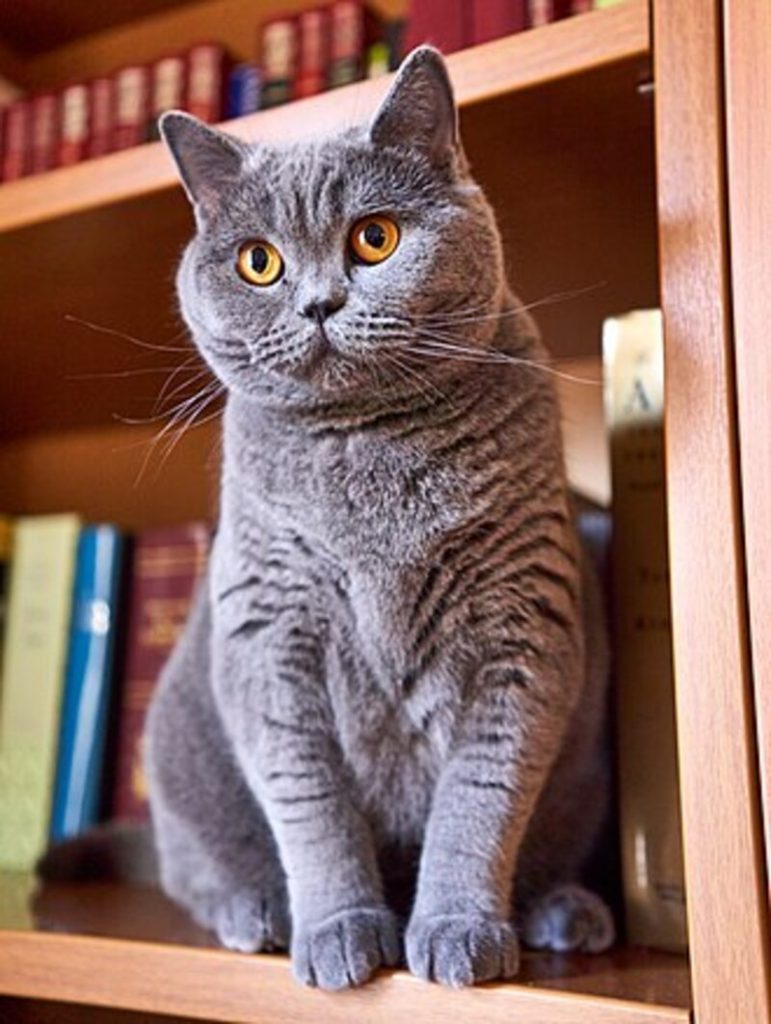
Conclusion
The story of the domestic cat is far richer than once imagined. Rather than a simple tale of early farmers taming wild animals in the Near East. it is a global saga that weaves together hybrid species, maritime trade, ancient deities, and imperial conquests.
From the sacred temples of Egypt to Viking ships and Roman villas, cats have walked beside humans for thousands of years admired, worshiped, and loved. Their story lives not only in ancient myths and art but also in their DNA, which tells how wild desert hunters slowly evolved into the gentle companions resting beside us today.



